Expert Metallurgy Built In
Developed by a team of world-leading materials scientists and 3D printing experts, the Studio System fabrication process is designed to take the guesswork out of achieving parts with good metallurgical properties.

MIM materials, in-house and on-demand.
Similar to metal injection molding (MIM), the Studio System leverages bulk sintering to achieve parts with high densities and reliable performance. Everything from the particle distribution size within each rod to the design of the cartridges and extruder mechanisms supports a faster, easier, and safer workflow for printing high-quality metal parts in-house and on-demand.

Safe-to-handle bound metal rods
Leveraging well-studied metal powders from the metal injection molding (MIM) industry, our media is formulated into bound rods—metal powder mixed with wax and polymer binder. Compared to filament media, rods have a higher ratio of metal to binder—resulting in less shrinkage and greater stability during sintering.
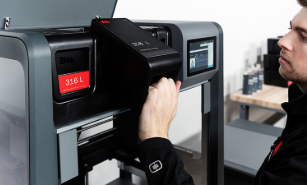
Hot-swappable media cartridges
Push-to-release media cartridges can be replaced mid-cycle without disrupting the current print. This allows users to use every gram of material without needing to pause a print to change spools or dispose of partially used material—Ultimately leading to cost savings and a more efficient workflow.
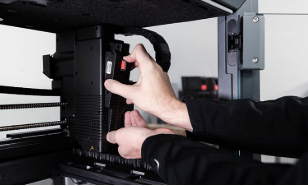
Quick material changes
Designed to support a range of printable materials, the swappable cartridges, quick-release printheads and nozzle brushes eliminate cross-contamination, allowing you to go from one type of material to another in a matter of minutes—instead of hours or even days like with other systems.
Studio System Materials
| NEW! Ti64
An alloy of titanium, aluminum and vanadium, the material properties of Ti64 – particularly its high strength-to-weight ratio and corrosion resistance – make it an ideal material for a wide variety of high-performance applications. Application Examples:
|
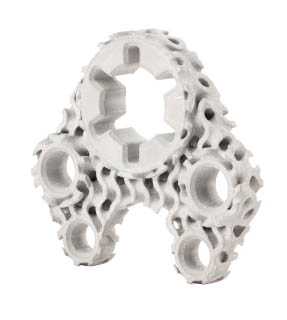 |
| NEW! Copper
Characterized by its electrical and thermal conductivity and ductility, Copper is ideal for electrical equipment, plumbing, and heat transfer. Common applications:
|
 |
| 17-4 PH
17-4 PH is a precipitation hardening steel used in a wide range of industrial applications including those with mildly corrosive environments and high-strength requirements.
|
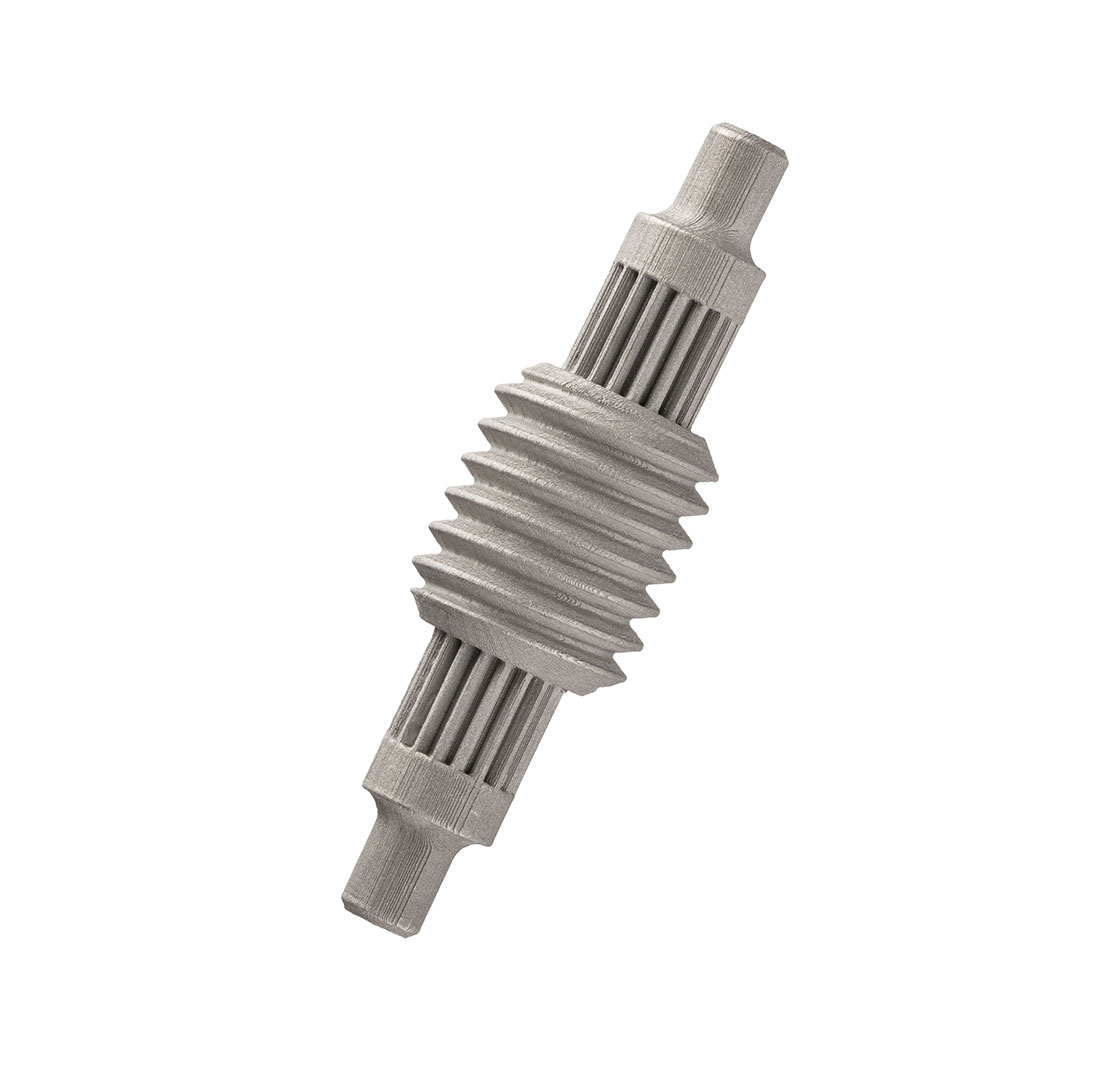 |
| 316L Stainless Steel
Characterized by its corrosion resistance and performance at both high and low temperatures, 316L is a fully austenitic stainless steel ideal for harsh environments.
|
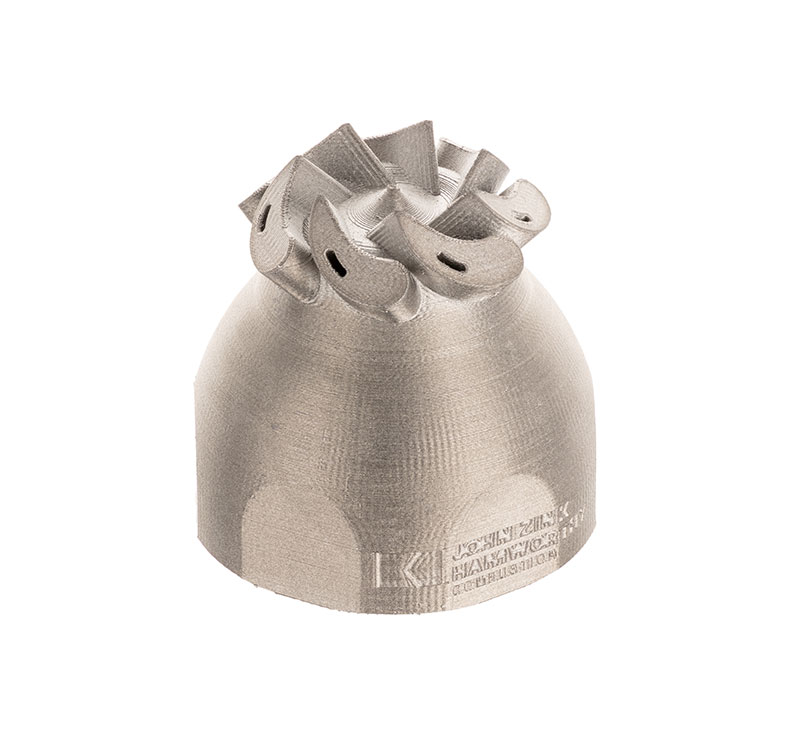 |
| H13 tool steel
Characterized by its hardness and abrasion resistance, H13 is a hot work tool steel with exceptional hot hardness, resistance to thermal fatigue cracking, and stability in heat treatment — making it an ideal metal for both hot work and cold work tooling applications.
|
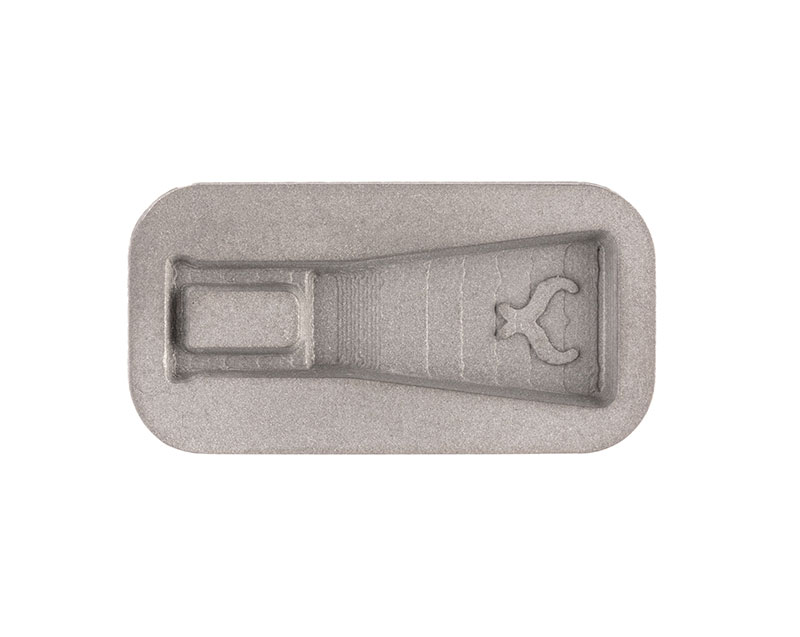 |
| Alloy 625
Alloy 625 is a nickel-based superalloy characterized by its hardness and abrasion resistance as well as its performance at high temperatures, making it suitable for the most extreme environments.
|
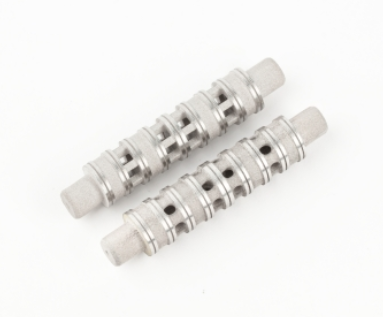 |
| 4140
One of the most versatile steels, 4140 is characterized by its toughness, high fatigue strength, and abrasion and impact resistance, making it a great all-purpose steel for industrial applications.
|
 |
Fiber Materials
PA6 Nylon
|
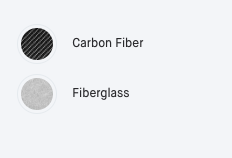 |
PEEK
|
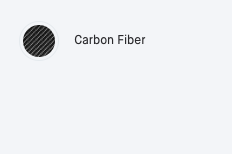 |
PEKK
|
 |
Shop Materials
| 17-4 Stainless Steel
17-4 PH is a martensitic precipitation – hardened stainless steel. It’s known for its corrosion resistance and high levels of strength and hardness, especially when heat treated. 17-4 can be heat treated to a variety of hardness and toughness levels, allowing users to customize post-sintering properties of the alloy to suit a wide variety of applications, including:
|
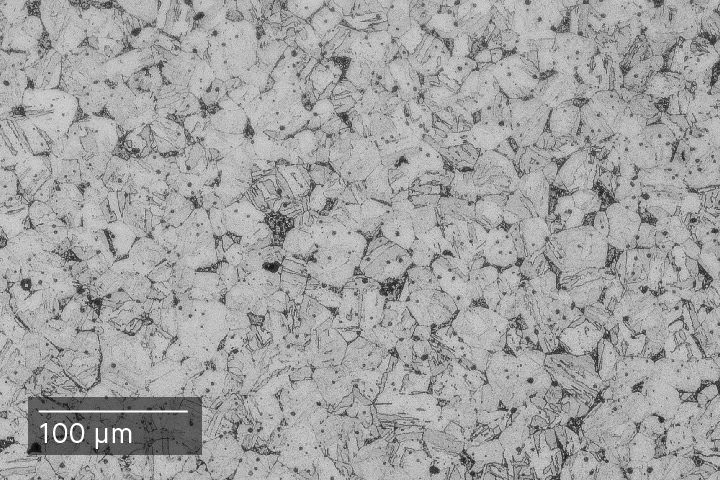 |








